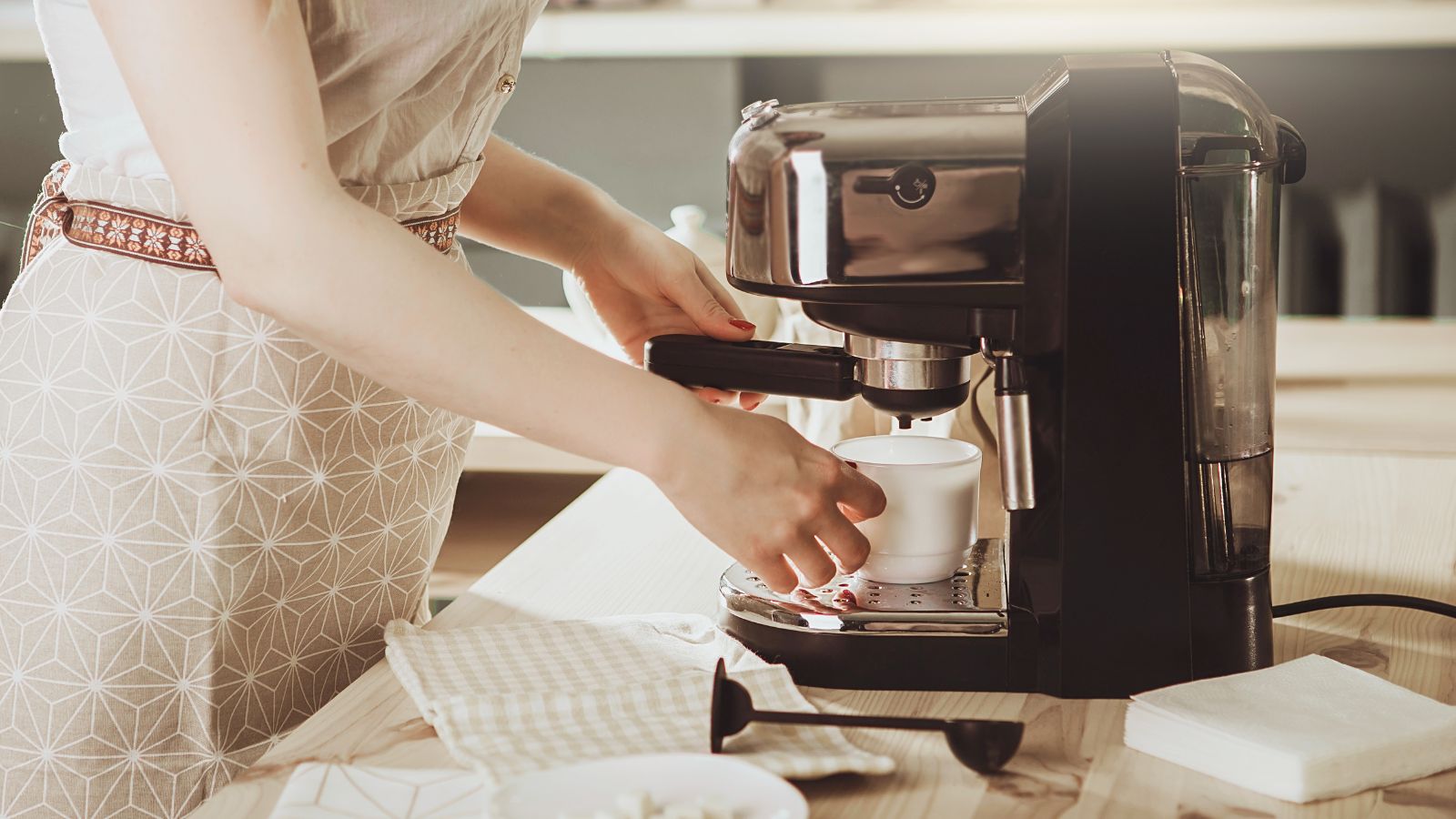We all enjoy the convenience that electronics bring, sometimes forgetting that their use may result in excessive bills at the end of the month. In this list, we’ve compiled some of the most common appliances in your home that you need to start paying attention to if you’re trying to reduce your electricity usage.
Old Refrigerators
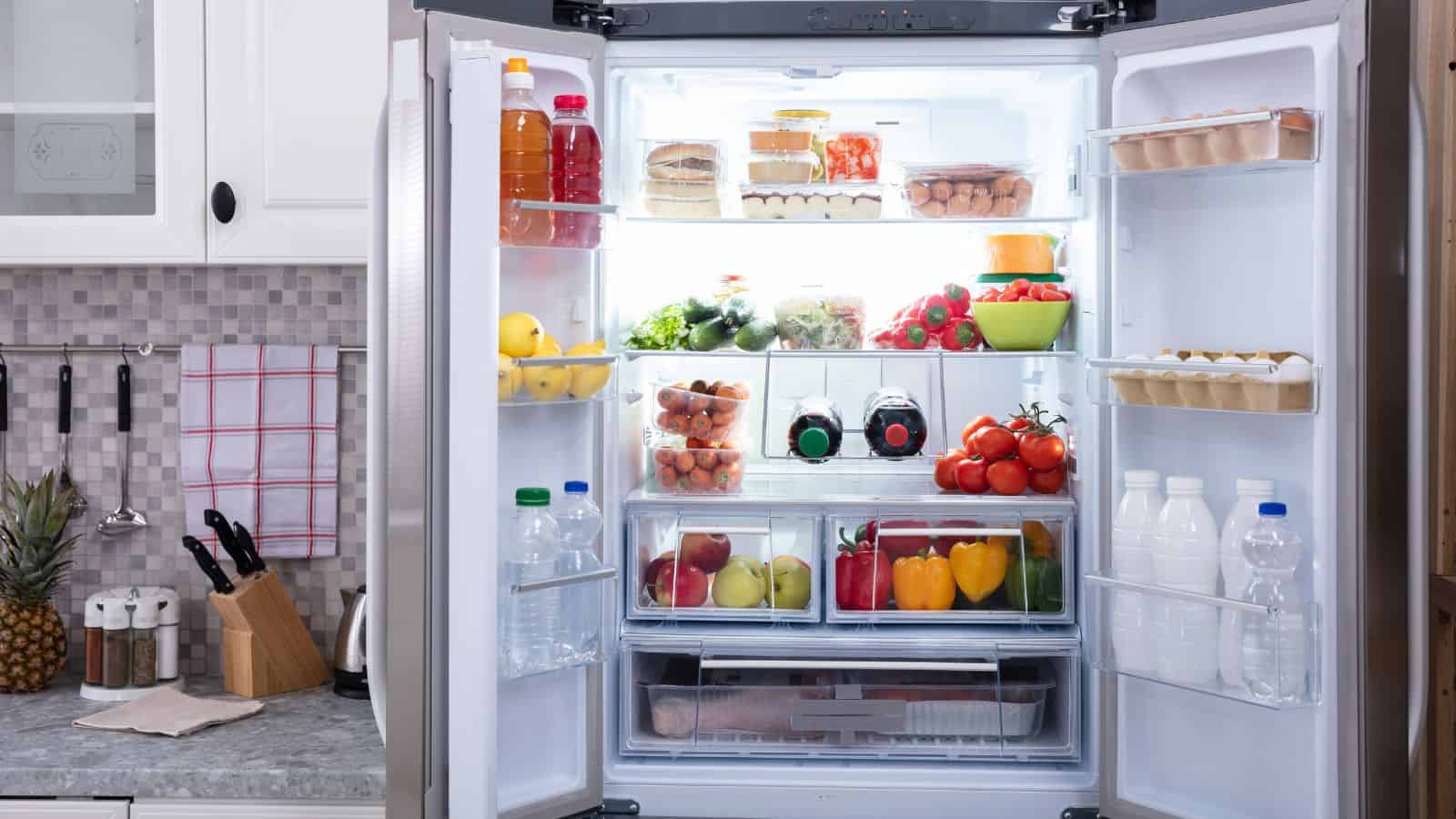
The older your refrigerator is, the less efficient you can expect it to be, and you could find yourself wasting up to 1,500 kWh—over £300—annually just to keep your food fresh. If you’re big on saving money long-term, replace old refrigerators with Energy Star-rated alternatives that save you up to 30%, as Energy Star itself shares.
Inefficient Light Bulbs
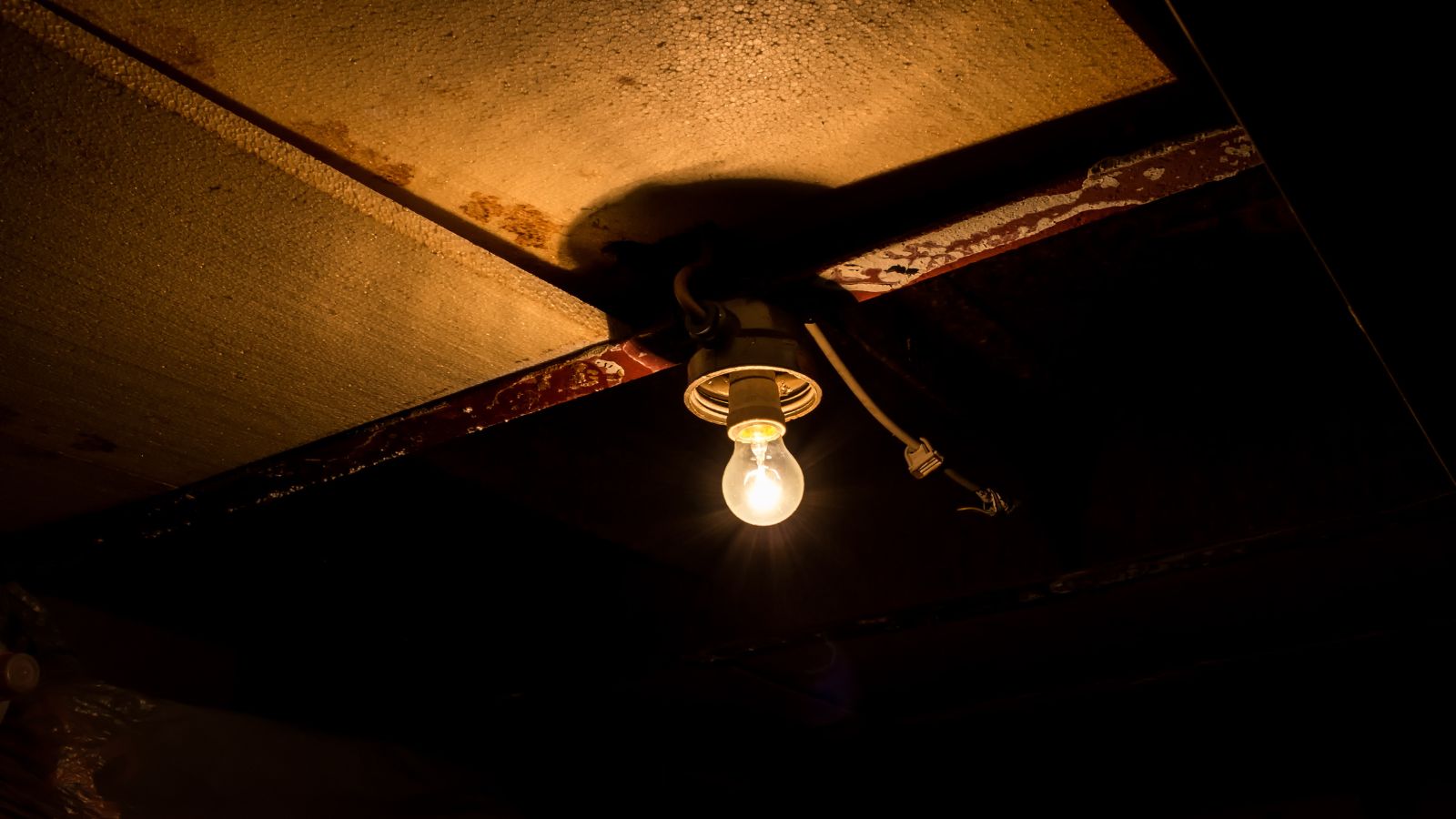
Incandescent light bulbs are not just more expensive, but with how they work, they also use up a tremendous amount of energy. Fluorescent lights aren’t the best energy savers for you, either. For the best results, you should consider buying some LED lights. LEDs, compared to incandescent lightbulbs, can help you save more than 80 watts per hour.
Space Heaters
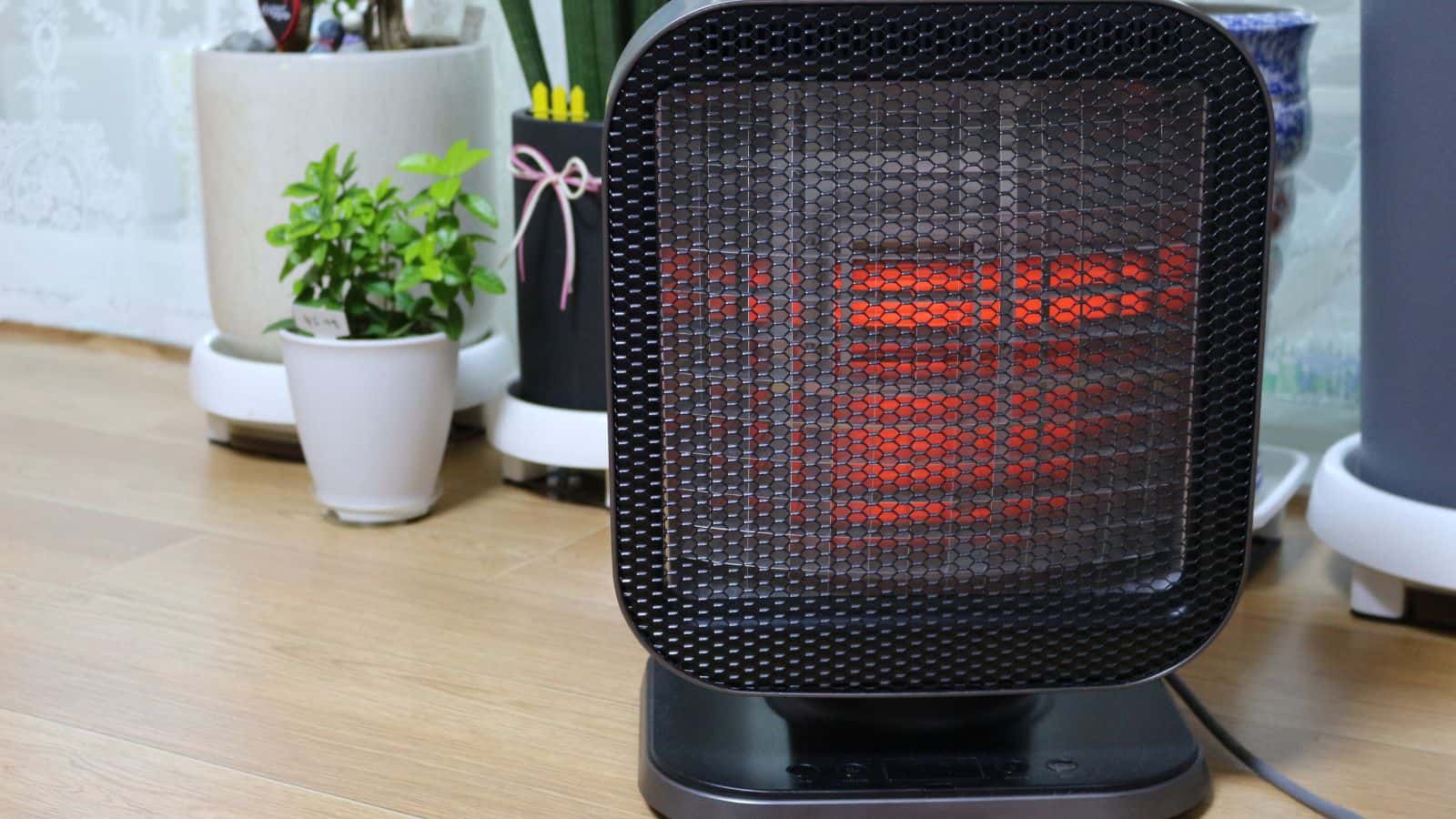
Considering space heaters use 1.5 kWh of energy per hour, you may be spending over £50 per month on them alone. What’s worse is that you may not have only one operating in your home, which quickly adds to significant costs, especially during the cold winter months.
Air Conditioners

Air conditioners, especially older or improperly maintained units, consume a lot of electricity. A typical central air conditioning unit can use 3,000 to 5,000 watts per hour. Ensuring your unit is clean, well-maintained, and appropriately sized for your space can help reduce energy use.
Other Vampire Electronics
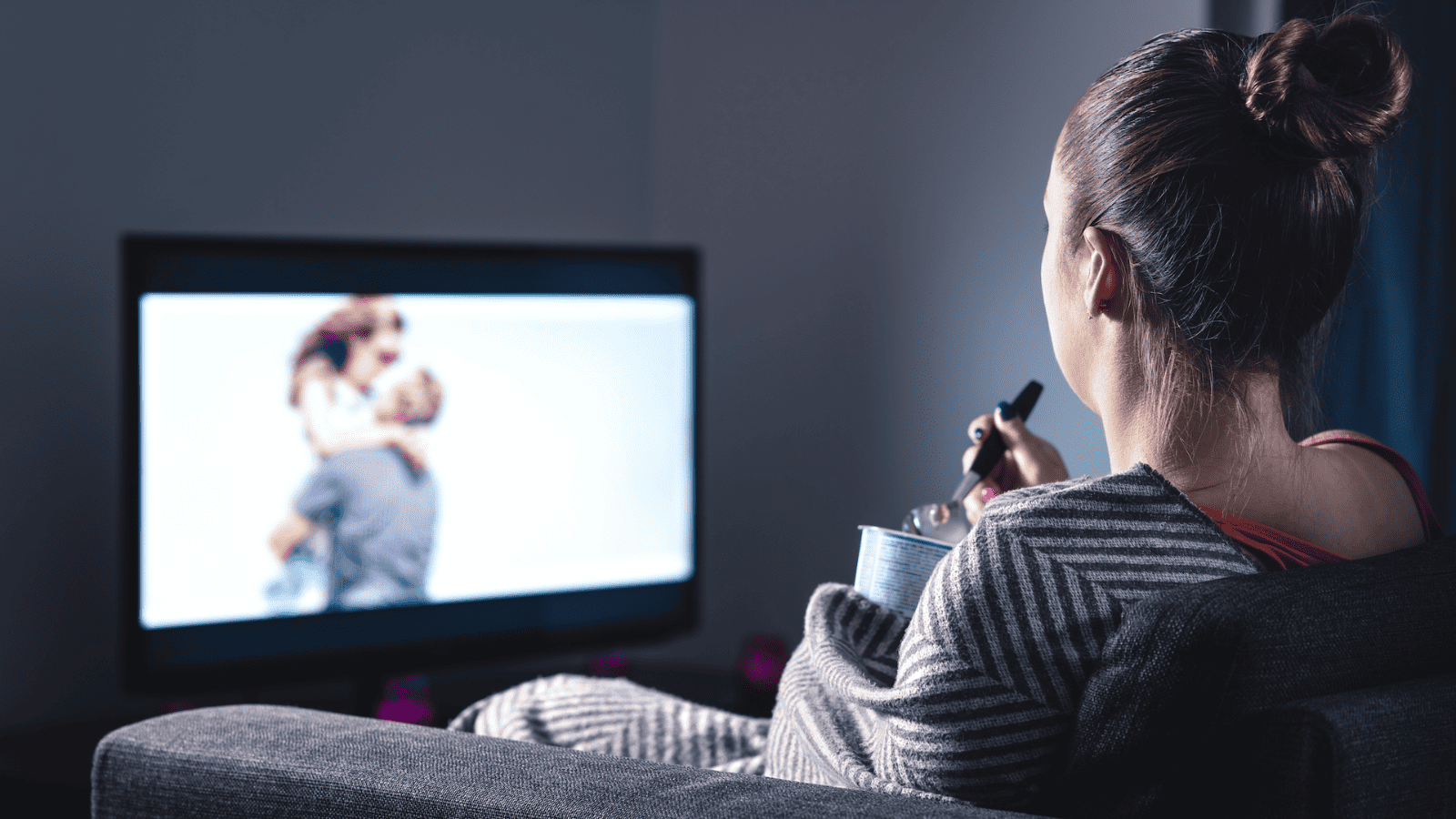
By vampire, we refer to devices like televisions, microwaves, and gaming consoles that continue to draw power even when turned off. These ‘vampire’ electronics can consume between one and ten watts per hour in standby mode. Unplugging them or using power strips with switch buttons can significantly reduce wasted electricity.
Electric Water Heaters

Water heaters constitute up to 15% of your total energy usage, as a typical unit uses about 4,500 watts and can cost about £1,000 annually. Insulating the heater and pipes, setting the thermostat to a reasonable temperature, and considering on-demand or tankless water heaters are all ways you can reduce energy usage.
Washers and Dryers
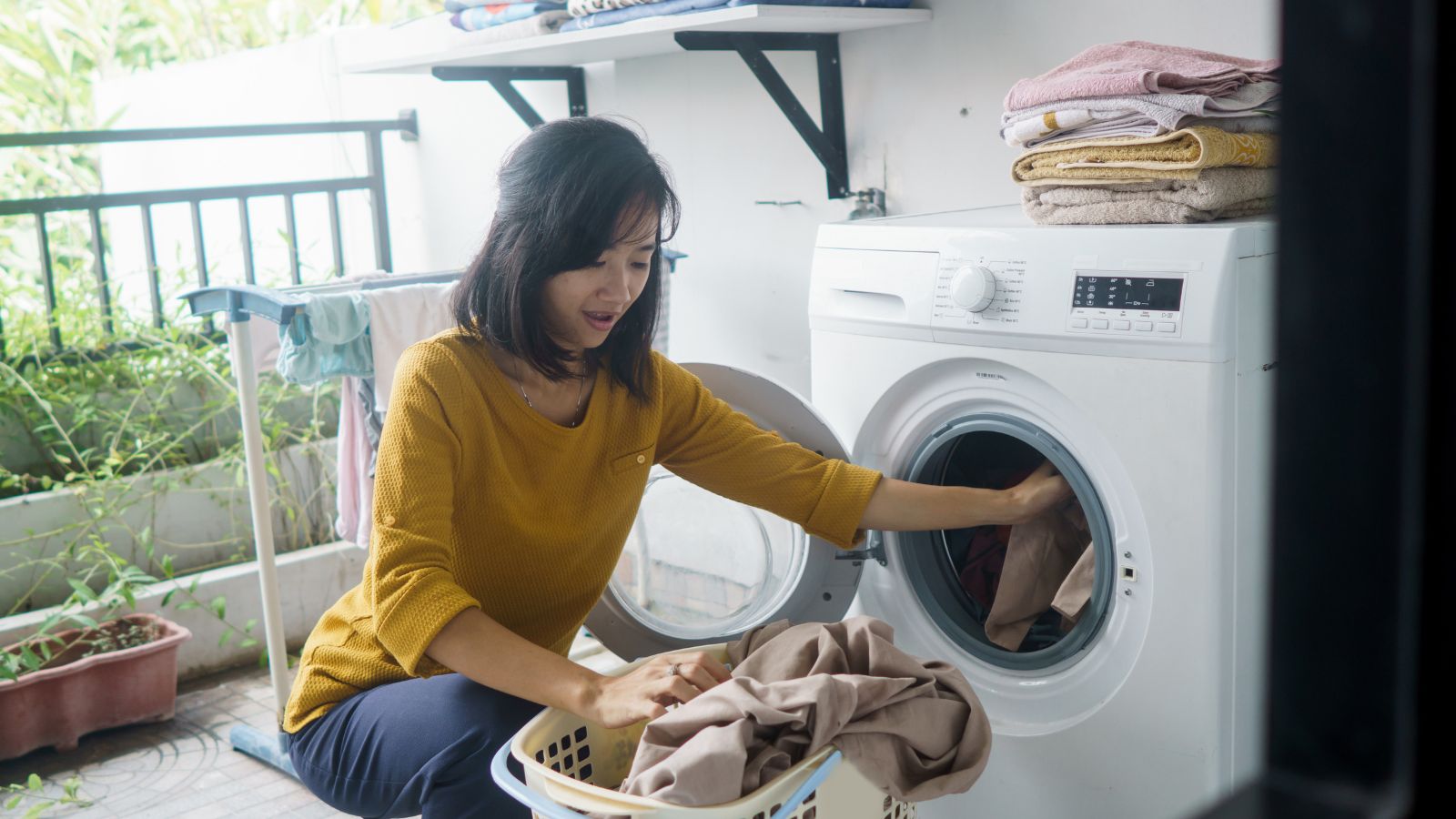
Laundry machines, particularly when used frequently, are also significant energy consumers. In fact, a dryer alone can use around 3,000 watts per hour. Opting for cold water washes and ensuring loads are full can help reduce costs. Energy-efficient models also use less water and electricity, making them a worthwhile investment.
Dishwashers

Dishwashers use a lot of electricity, particularly during heated drying cycles. You can cut down on your costs by running full loads and using the lower-powered settings available. Modern dishwashers with energy-efficient ratings are designed to clean effectively while using less water and electricity, so get one when you can.
Electric Ovens
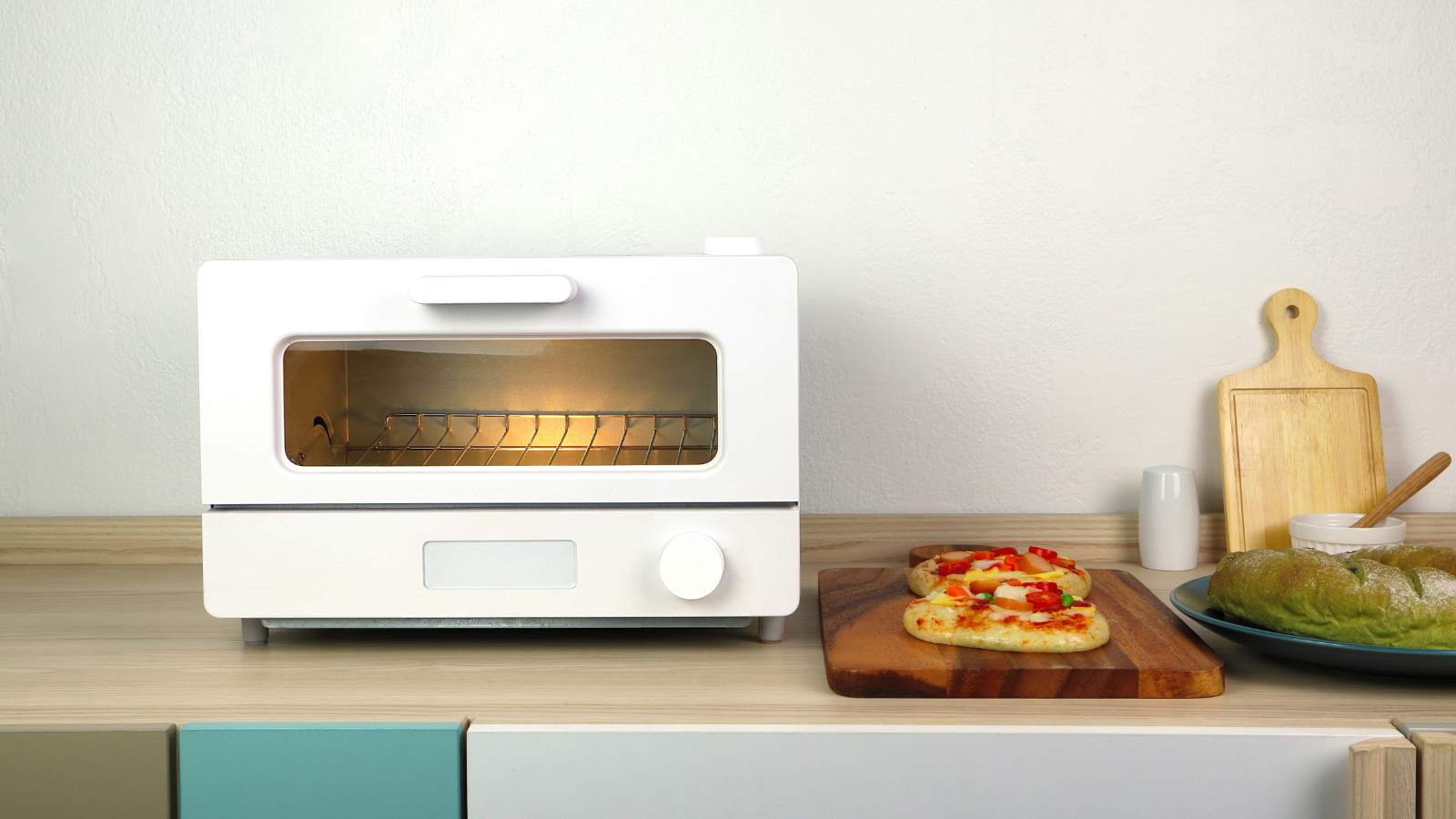
Electric ovens also require substantial power to operate, and we see them using about 2,000 to 5,000 watts per hour. For smaller tasks, using a microwave or toaster oven instead can save energy. For regular baking or cooking, keeping the oven door closed and using convection settings can enhance efficiency and reduce power consumption.
Cable Boxes
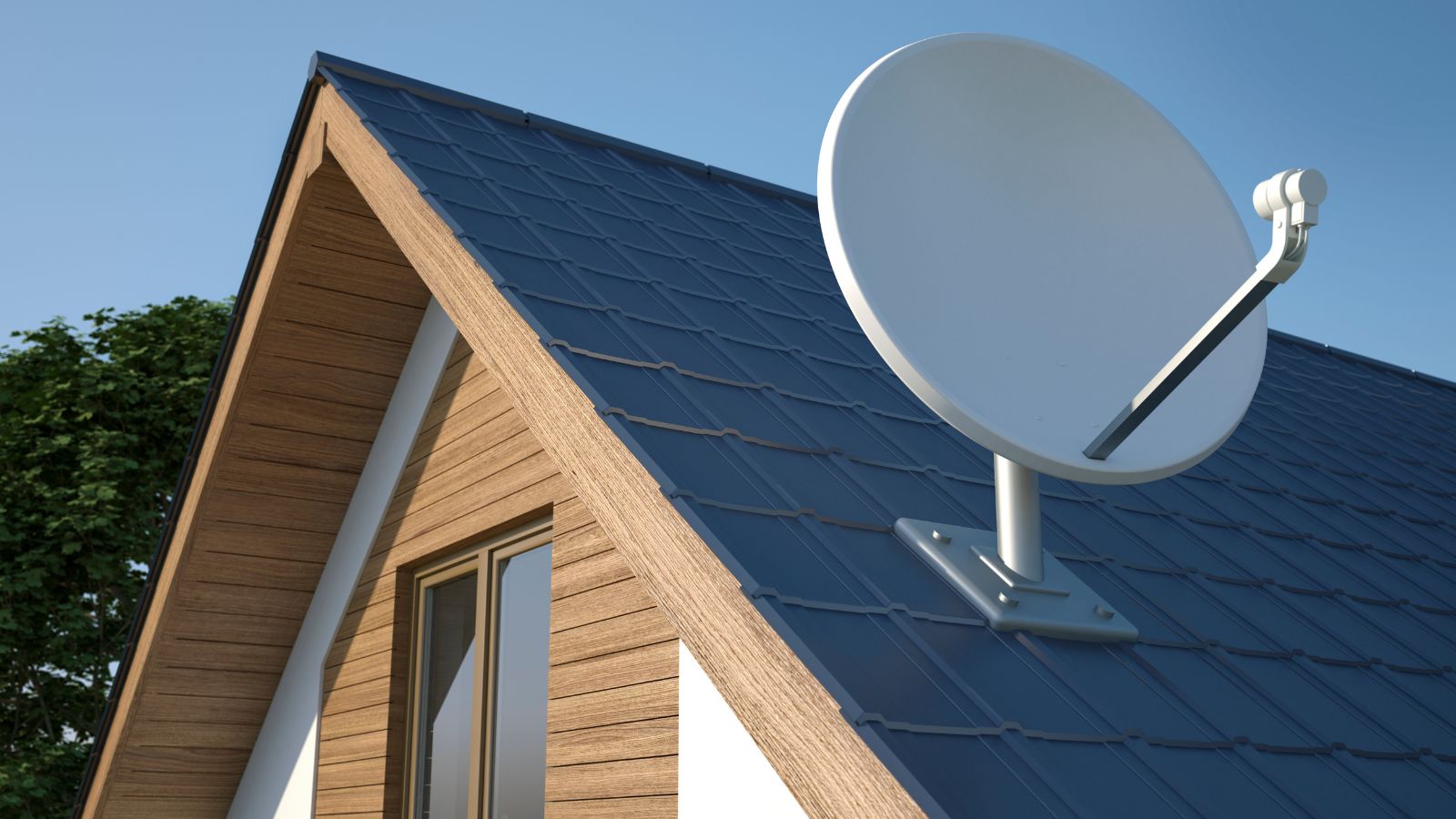
Cable and satellite boxes continue to use power even when the television is off, continuously drawing around 25 to 45 watts. You can save yourself significantly on energy bills in the long run by unplugging them when not in use or using smart power strips.
Computers and Laptops

Leaving computers and laptops plugged in when not in use also contributes to energy waste, as even in sleep mode, they can use 2 to 5 watts per hour. Consider enabling sleep mode and unplugging chargers when you aren’t using your laptop, or activate low-power modes to keep your devices in their energy-efficient states.
Electric Blankets
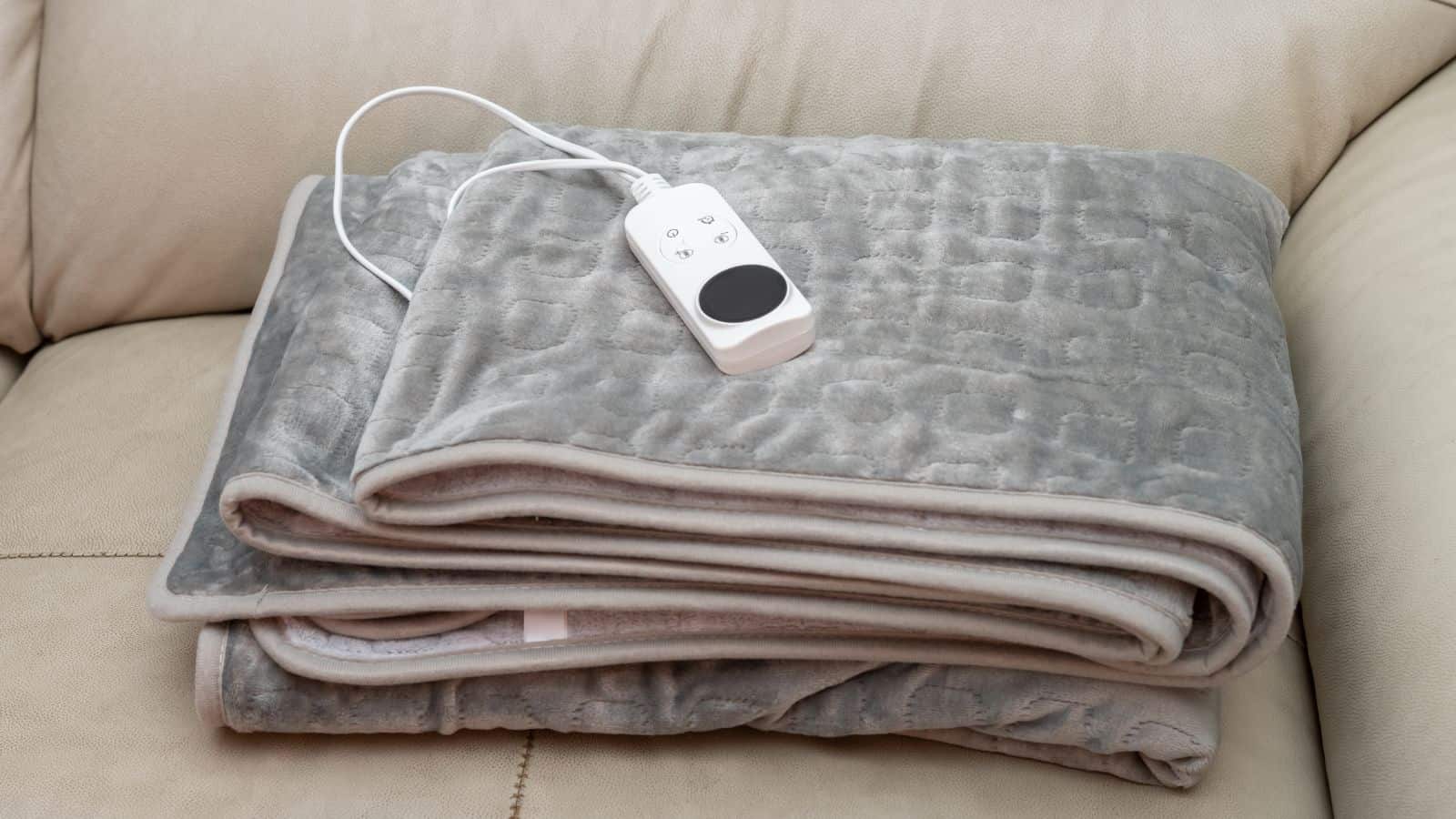
Electric blankets can provide warmth, but they also consume a considerable amount of electricity, around 200 watts per hour. Limiting their use to necessary times and using timers to turn them off can save power. Alternatives like warmer bedding can help reduce your reliance on electric blankets and lower your electricity consumption.
Aquariums
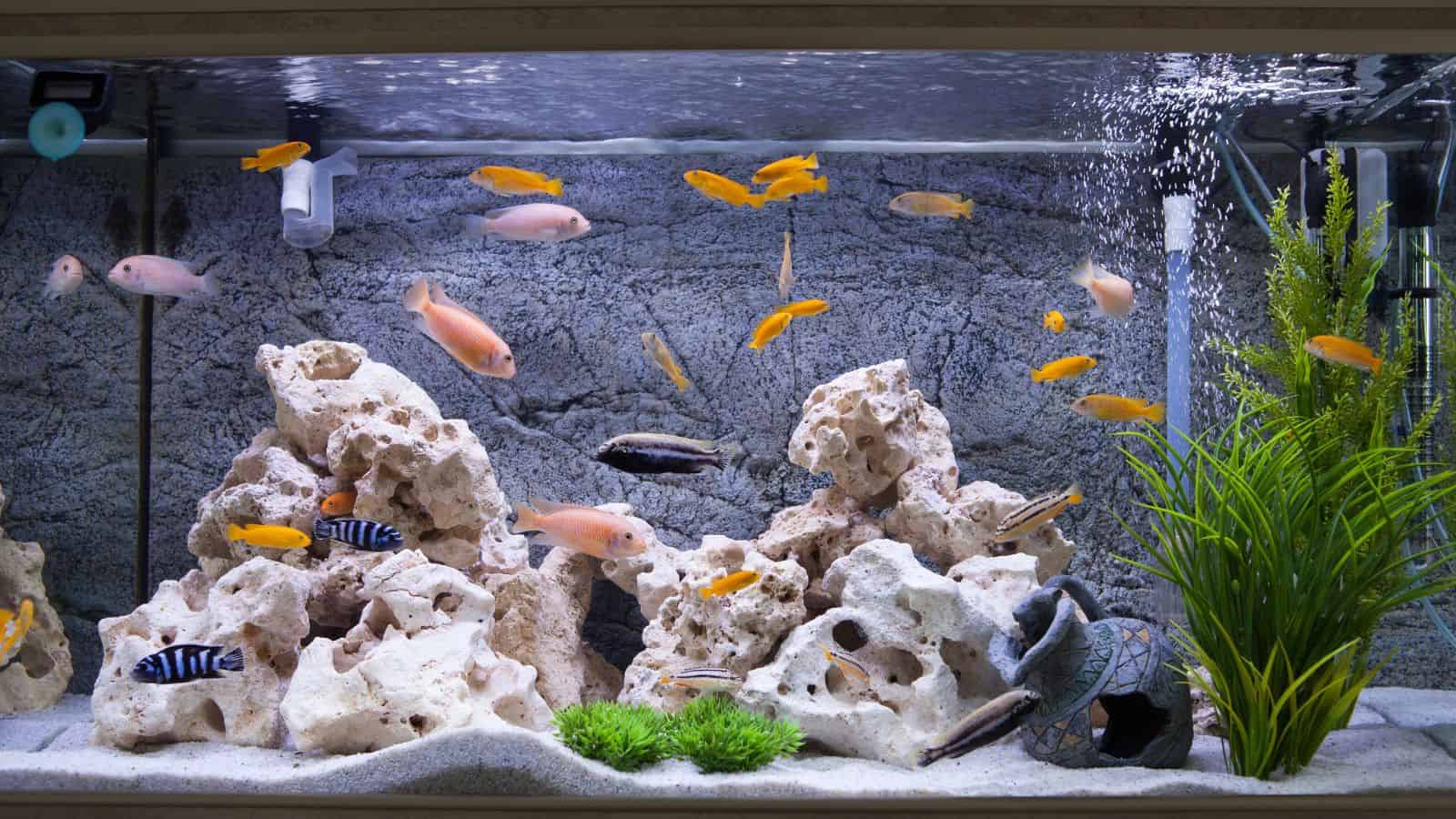
Aquarium heaters, lights, and filters run continuously, leading to high energy use, often around 150 watts per hour. Using energy-efficient equipment and regulating temperatures can help. Regular maintenance and monitoring also ensure your aquarium system operates efficiently, reducing the overall electricity required to keep your aquatic pets comfortable.
Standby Coffee Makers

Coffee makers with standby modes continue to draw power, approximately one to three watts per hour. You should unplug them after use or use models without standby features to save yourself on energy usage. Programmable coffee makers that only draw power when actively brewing can also reduce unnecessary electricity consumption.
Smart Home Devices
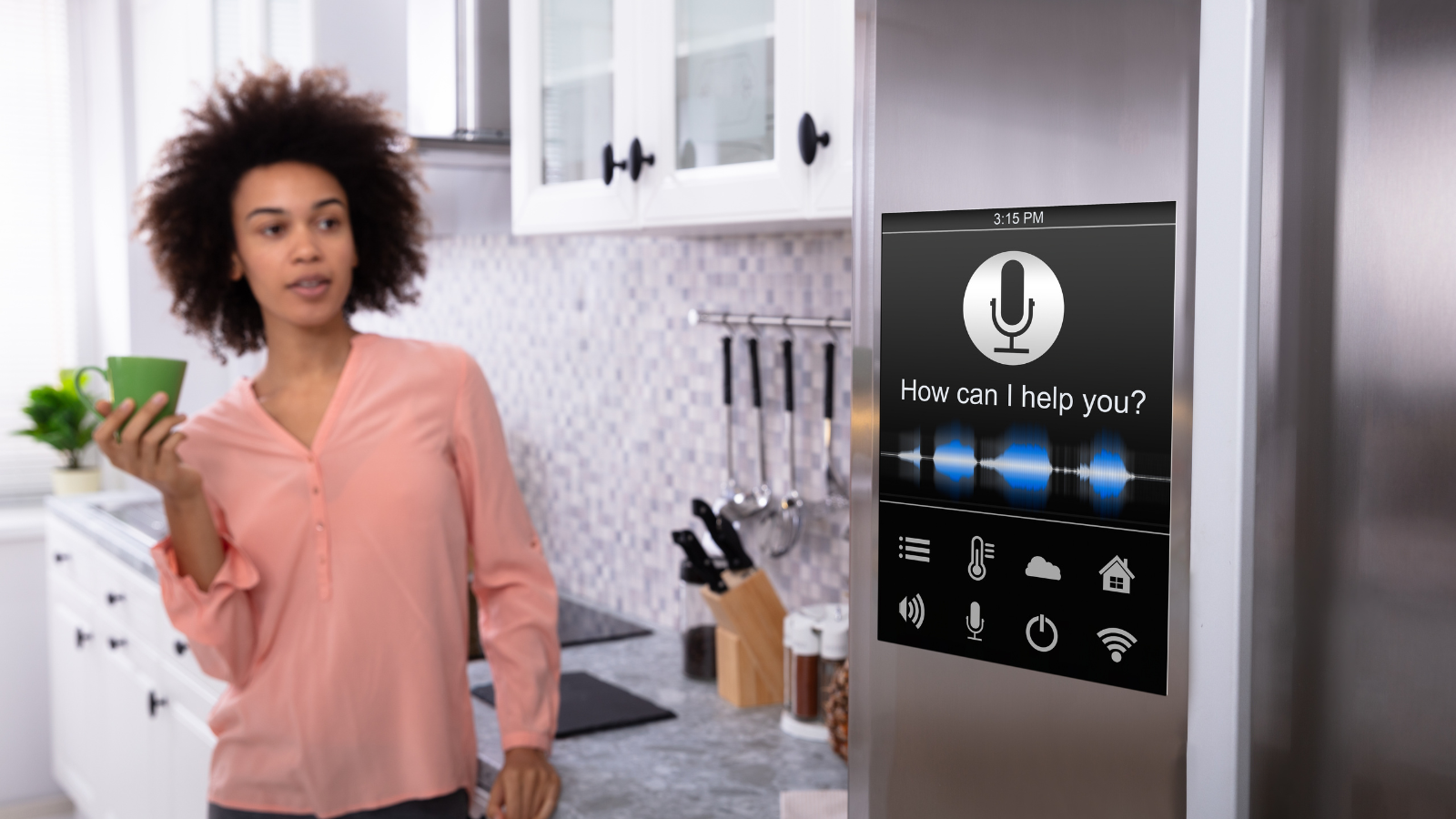
Smart home devices, while convenient, often require constant power, typically around three to five watts per hour. Managing their usage and ensuring they are truly necessary can help. To save even more on them, you can also disable unnecessary features and opt for devices with better energy efficiency ratings.
Printers and Scanners
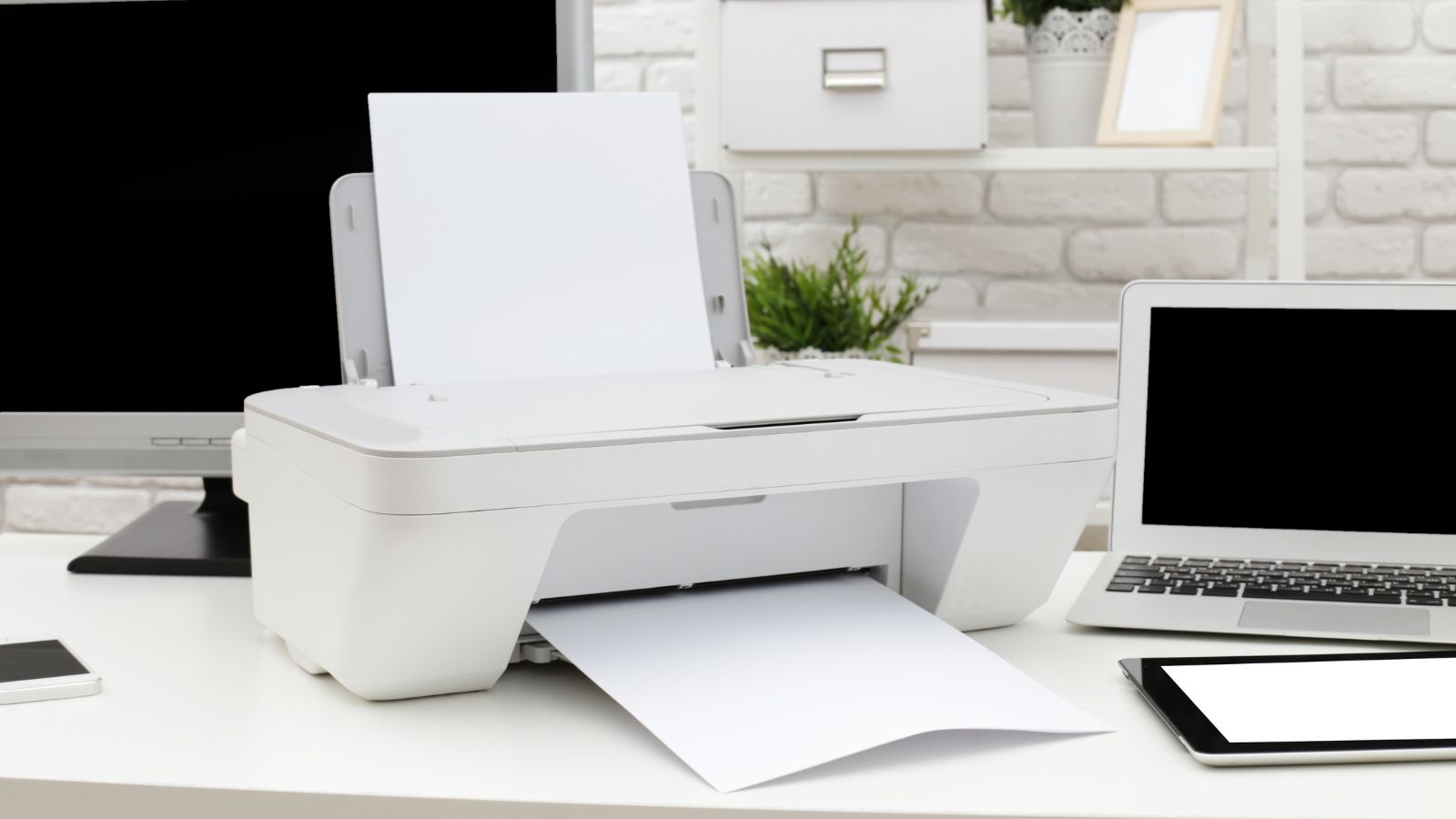
Office equipment like printers and scanners left on or in standby mode contributes to electricity waste, consuming around five to ten watts per hour. It’s always great to turn them off when not in use and entirely unplug them as well. Utilizing energy-saving modes and investing in devices with lower power consumption can also improve overall efficiency.
Home Entertainment Systems
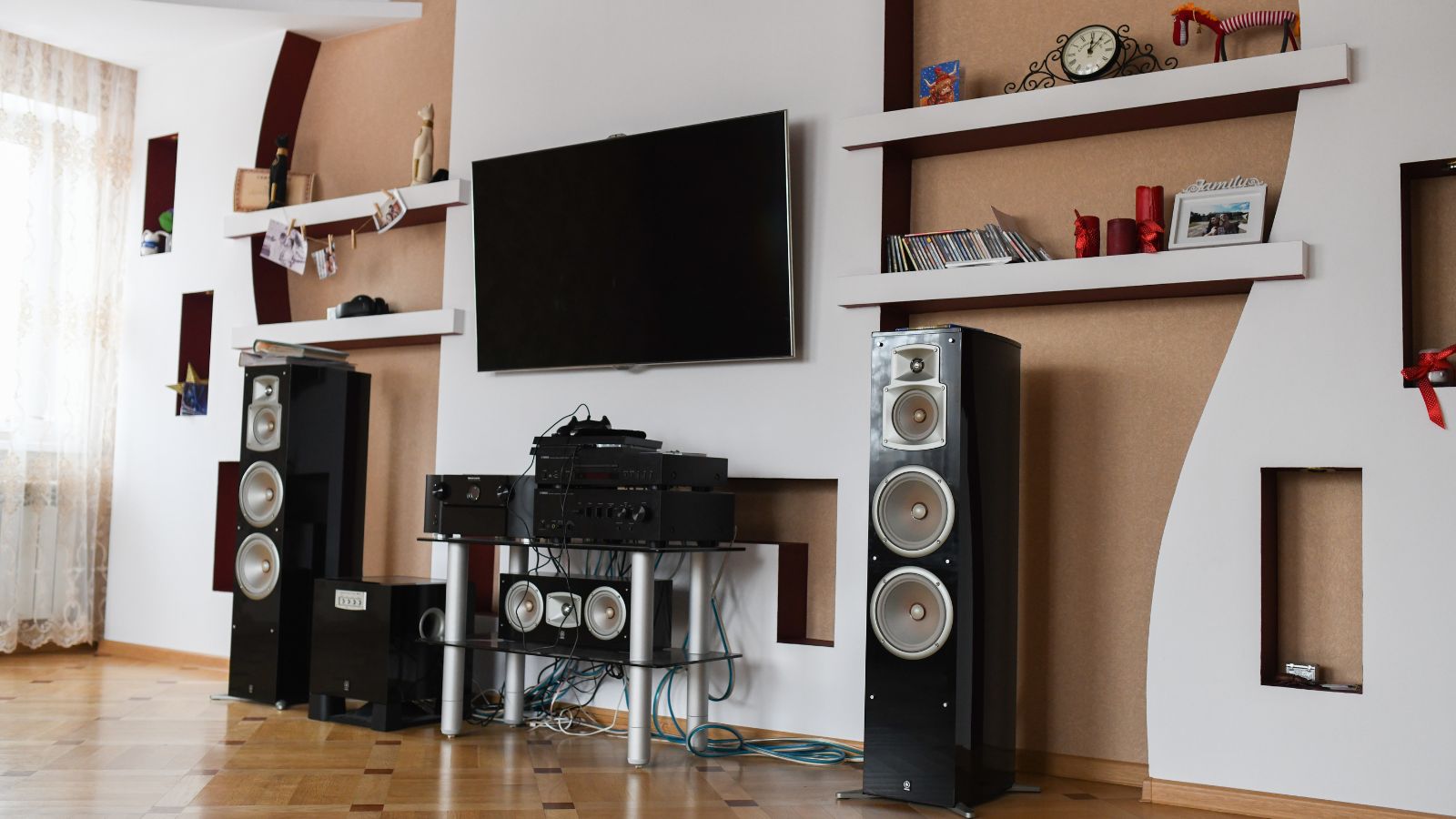
Home entertainment systems, including speakers and receivers, waste about 10% to 15% of the energy they draw, and they often eventually consume around 10 to 15 watts per hour. This is even when they’re not actively in use. Turning them off completely or using smart power strips can save energy.
Treadmills and Exercise Equipment
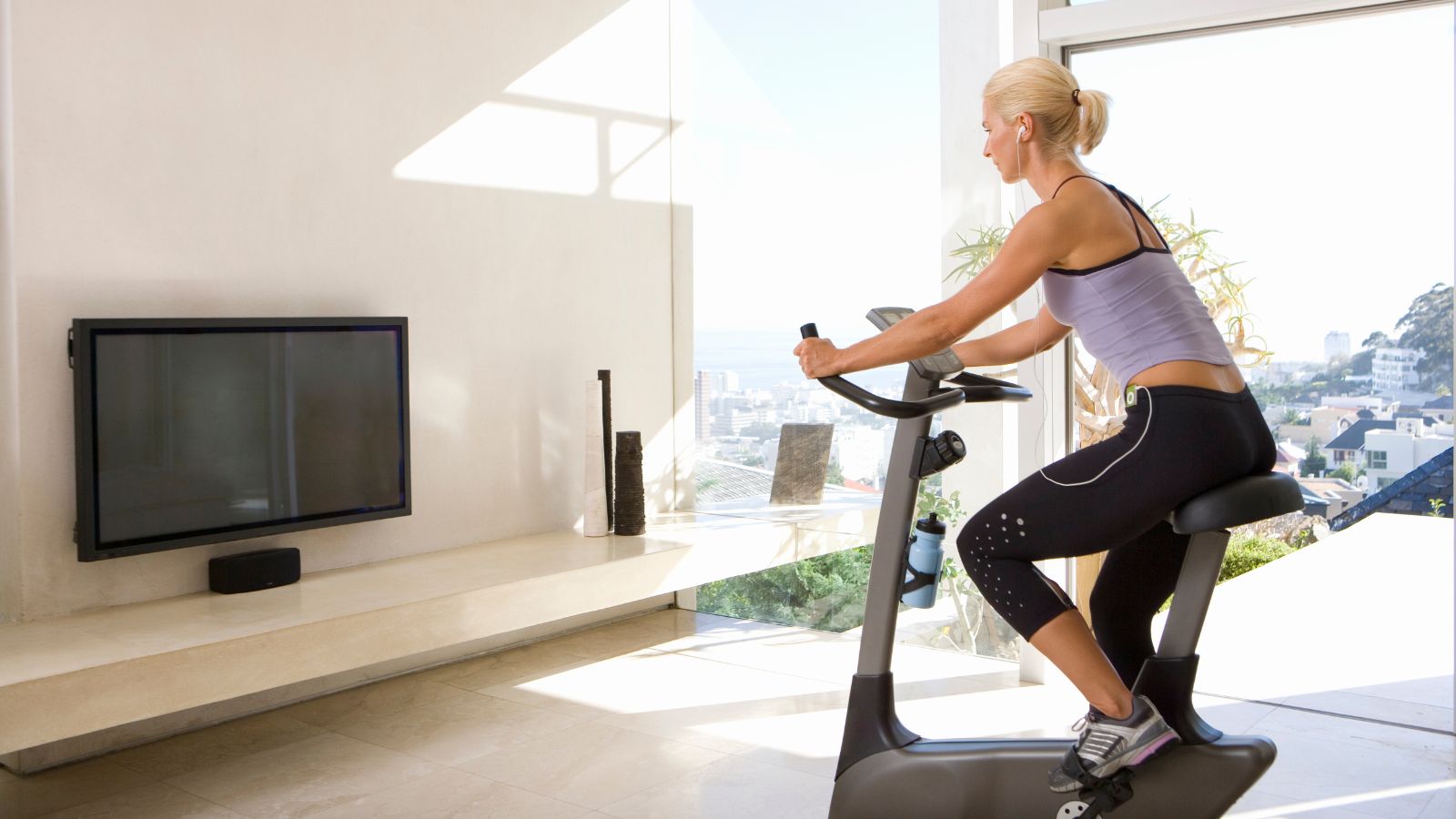
Exercise equipment like treadmills draws significant power when used, typically up to around 1,500 watts per hour. To avoid using electricity, unplug them when not in use and consider manual alternatives. Regular maintenance and opting for energy-efficient models can also help manage the energy consumption associated with home fitness routines.
Ceiling Fans

Ceiling fans left running in empty rooms contribute to energy waste, consuming around 75 watts per hour. Turning them off when they are not needed and ensuring they are set to the appropriate speed for the room’s occupancy can save power. Energy-efficient models also offer better performance while consuming less electricity.
Up Next: 17 Things Most People Forget After Someone Dies

When a person dies, it’s easy for their partner or family members to overlook things while they process shock and grief. Despite the pain of losing a loved family member, it’s important to remember to organize these 17 things to prevent problems later on.
17 Things Most People Forget After Someone Dies
17 Phrases Confident People Use to Stand Up For Themselves

Confidence is a healthy and attractive trait that helps us stand firm in our values and set healthy boundaries. We can always become more confident, and learning the right ways to stand up for yourself is a great way to start. Here are 17 phrases you can use to do so.
17 Phrases Confident People Use to Stand Up For Themselves
20 Signs Someone Is Only Pretending to Care

Whether it’s to avoid hurting your feelings or if it’s part of a more elaborate plan to deceive you for benefits, people pretend for many reasons. The main theme with them, though, is that their actions never match the sugar-coated words that come out of their mouths. So that you don’t fall for someone like this, we’ve compiled 20 signs for you to look out for.

